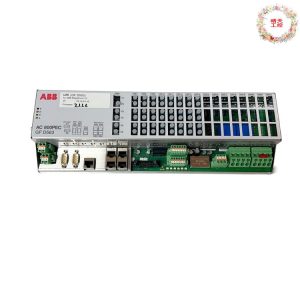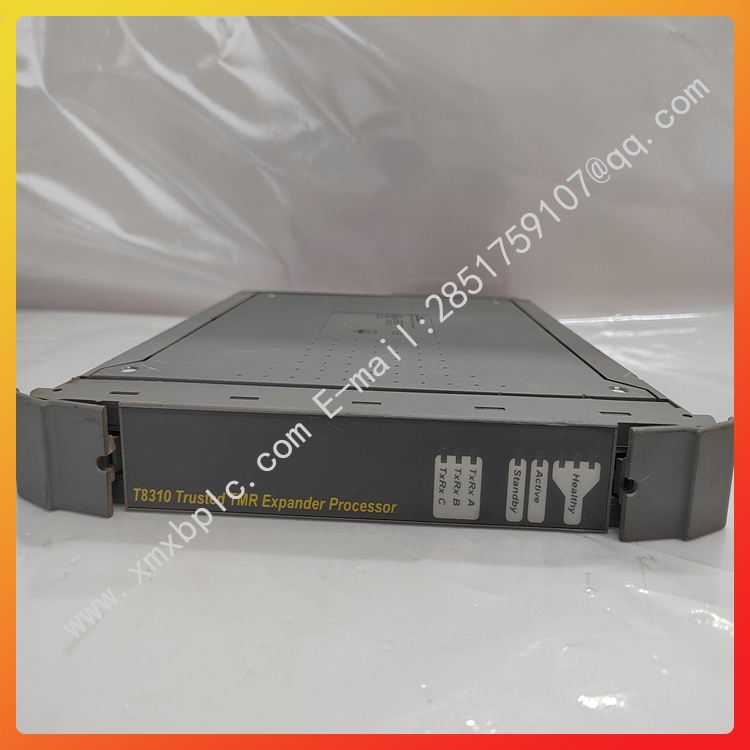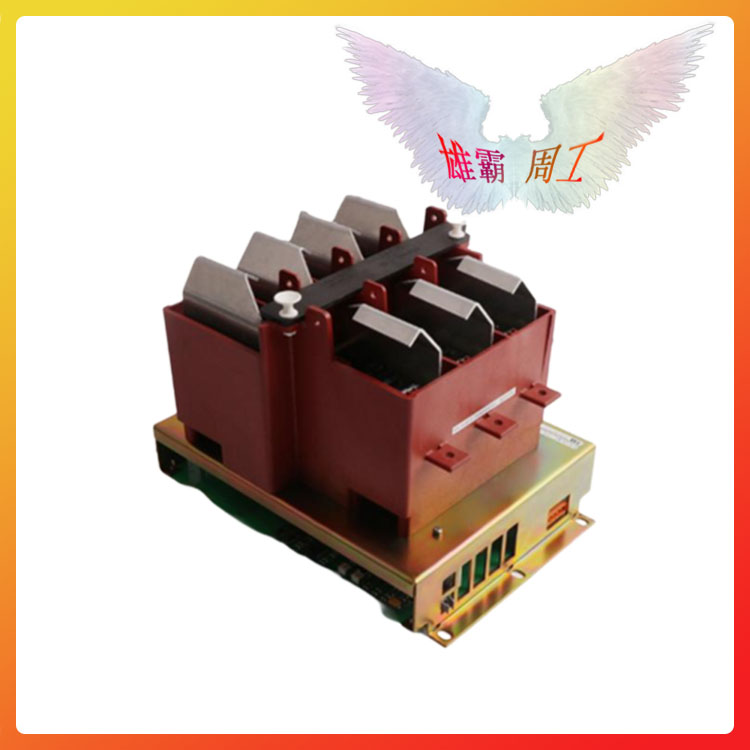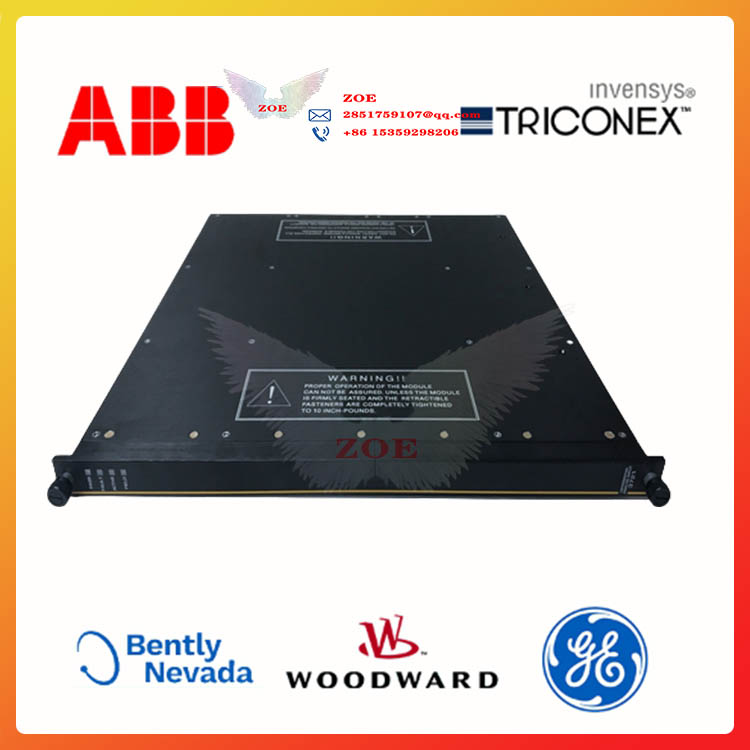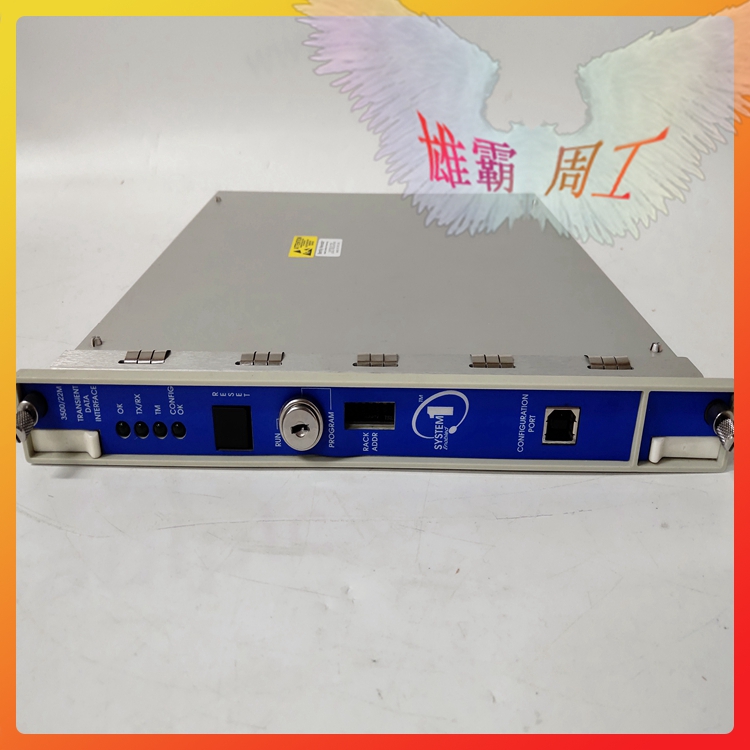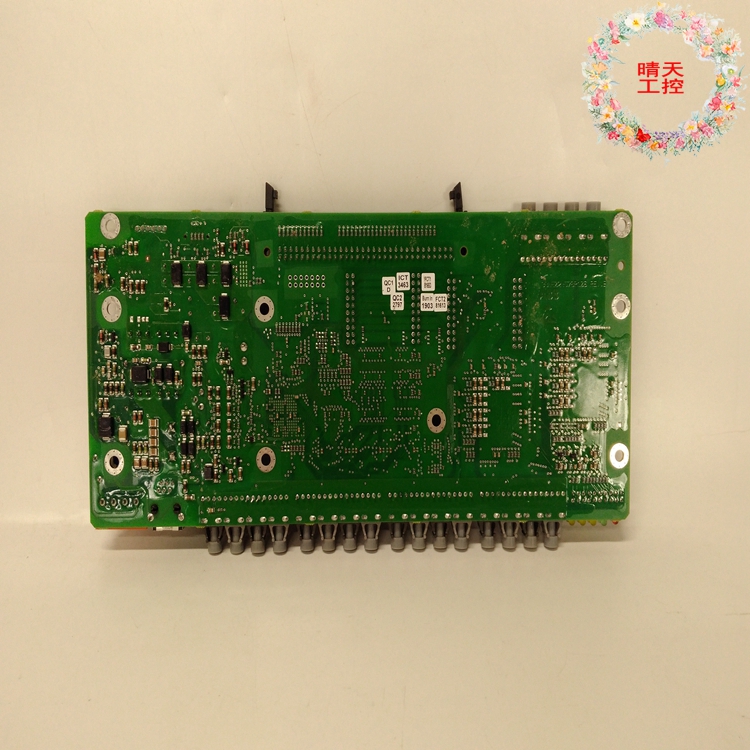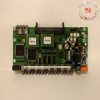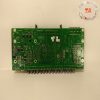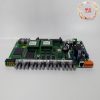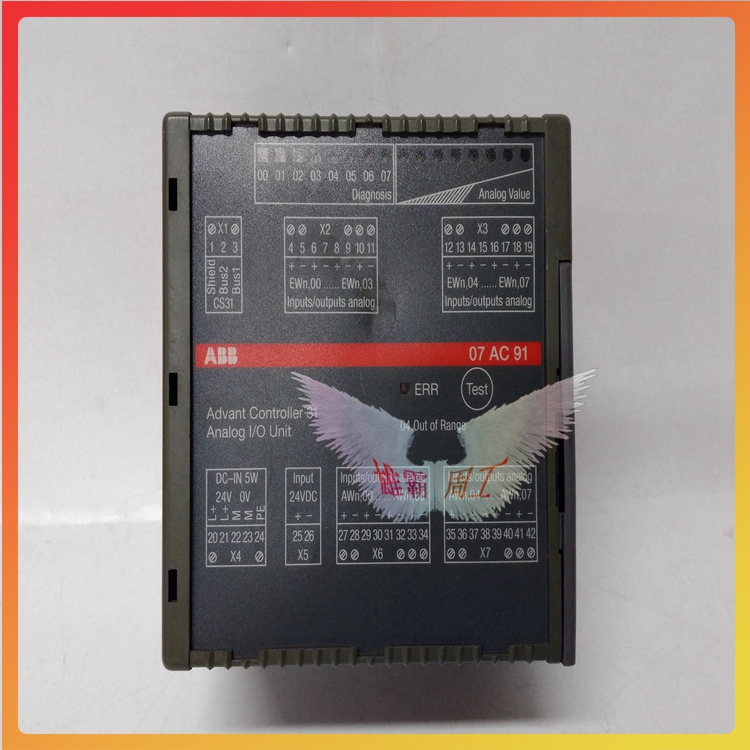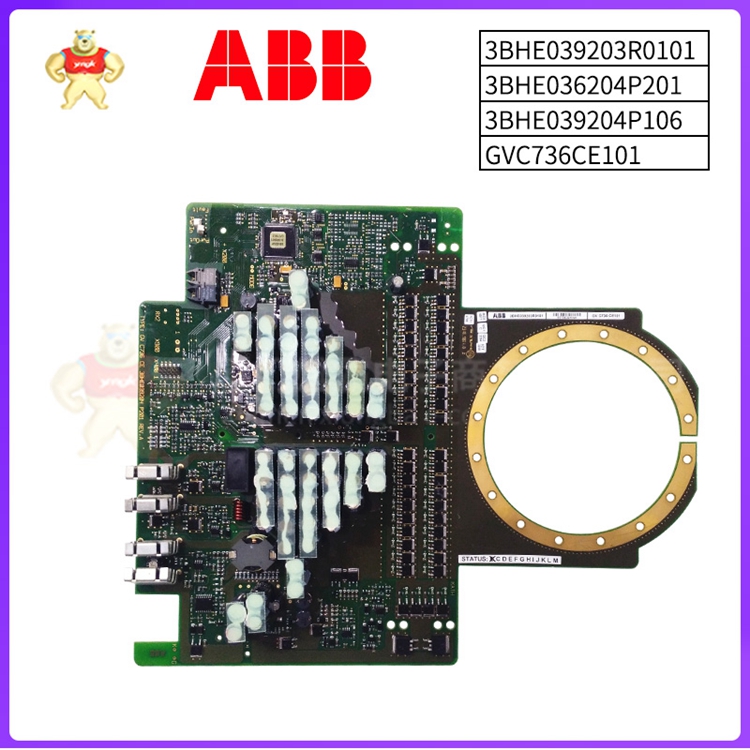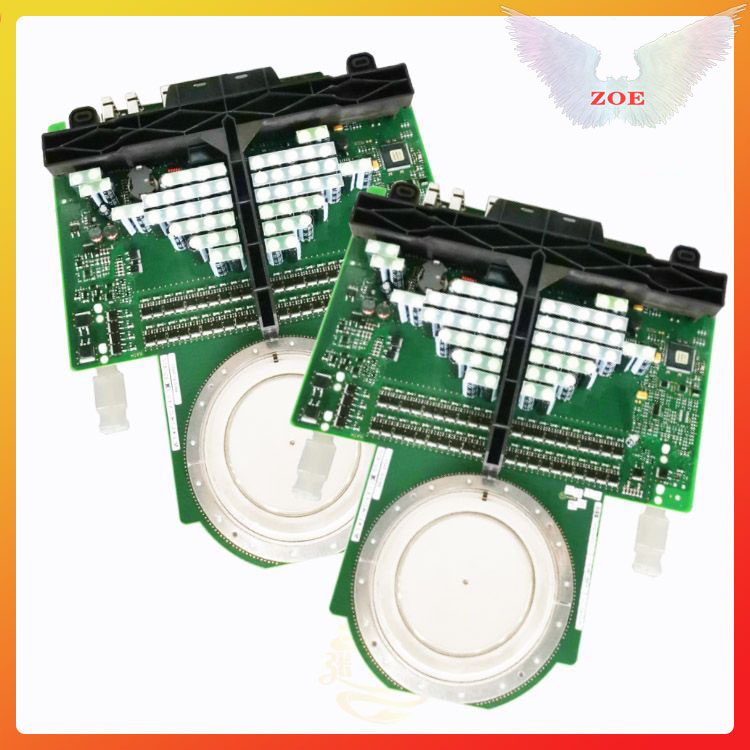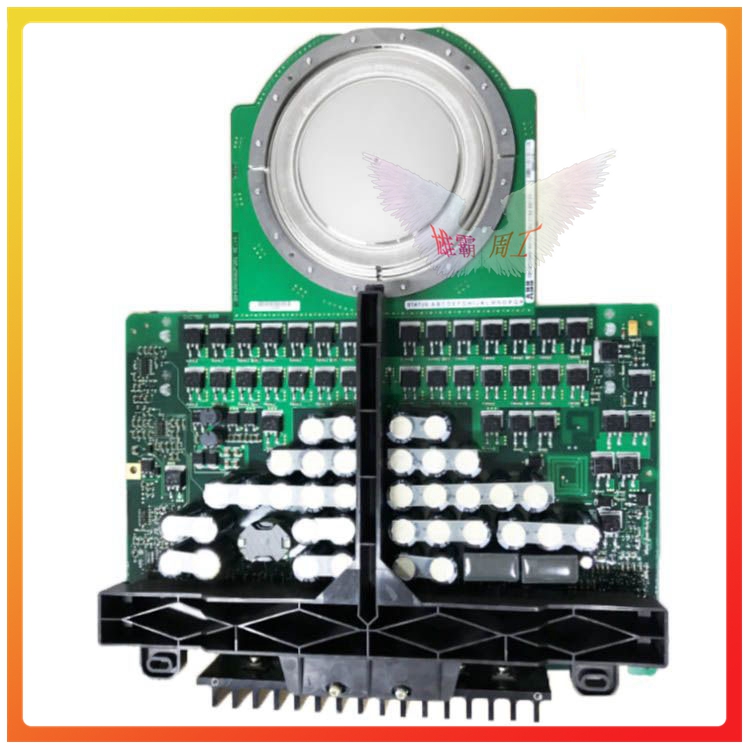ABB PPC907BE/3BHE024577R0101 module controller
Brand ABB color standard Application Industrial height 288mm rated current 460mA
Protection level IP45 Suitable for motor power 85KW Application Site Power Industry Material Code GJR2391500R1220 Power industry HIEE401782R0001 Part Number PPC907BE 3BHE024577R0101
Applicable pipe 2 Whether imported is weighing 5.88 kg can be sold nationwide
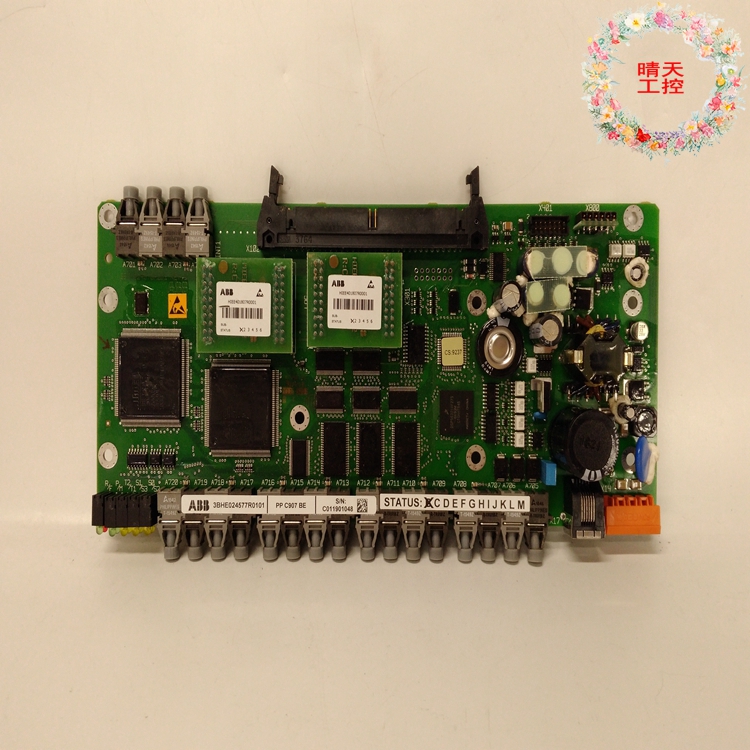
ABB PPC907BE/3BHE024577R0101 module controller
PID temperature controller is a temperature that needs to be controlled, the temperature is detected by the temperature sensor, the detected temperature is converted into an electrical signal, and then the detected signal is compared with the control temperature signal, according to the comparison results to determine whether it has reached the set temperature target. If the required temperature has not been reached, it needs to be adjusted according to the difference between the two, until the set temperature requirements are reached.
Today, this article will talk about the structure of dcs distributed control system.
DCS Distributed control system is composed of processors scattered in different nodes in the system, and high reliability is its basic characteristic.
DCS Distributed control system consists of two basic components: DCS level and control management level.
Compared to a centralized control system, a decentralized system can mitigate the failure caused by a single processor. In a decentralized control system, if one processor fails, it affects only one part of the production process, whereas in a centralized control system, if one processor fails, the entire system is affected.
In addition, because the controller of the DCS distributed control system is closer to the input/output device in the field, the delay of network ot central processing can also be reduced, and the controller processing speed can be improved.
Level 0 is field equipment, such as flow sensors, temperature sensors, and field end components, such as control valves.
· Level 1 is the industrial input/output module (I/O module) and the corresponding distributed electronic processor.
· Level 2 is a monitoring computer that collects information from a group of processing sections in the system and provides an operator control picture.
Level 3 is the production control layer, which monitors production and monitors targets, but does not directly control processes.
· Level 4 is the production scheduling layer.
Level 1 and Level 2 are the functional layers of traditional decentralized control systems, where all devices are part of an integrated system from a single manufacturer.
Level 3 and Level 4 are production control and scheduling layers, which are different from process control as traditionally defined.
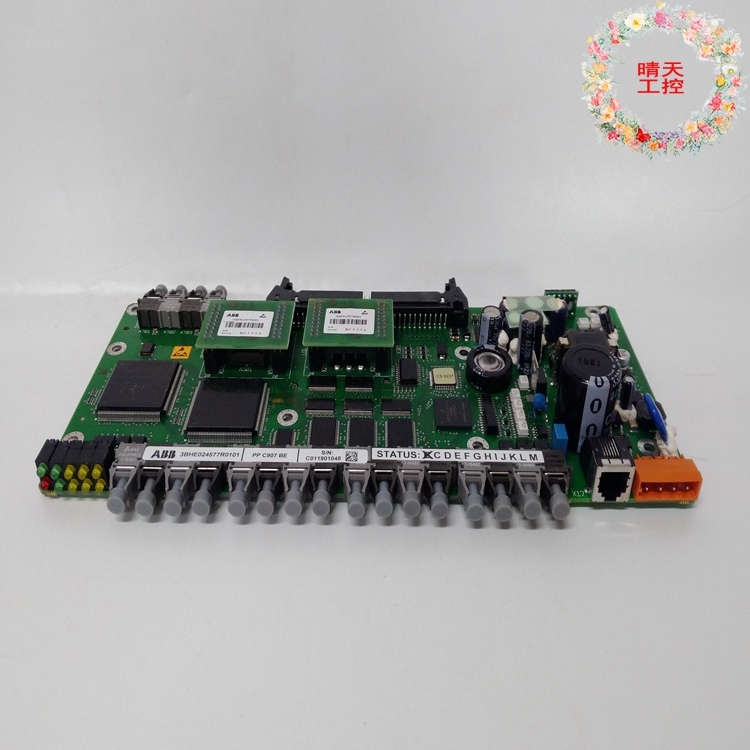
A-B TLY-A2540P-HK64AA
BENTLY 177896-01
BENTLY 177990-01
BENTLY 177989-01
BENTLY 177897-01
BENTLY 175794-01
BENTLY 177992-01
ABB PM856K01 3BSE018104R1
ELAU MC-4/11/03/400
ABB SPDSI22
ABB SPDSO14
ELAU MC-4/11/03/400
HONEYWELL CC-PUIO31
PROSOFT MVI56-104S
SCHNEIDER 140ACI03000
SCHNEIDER 140ACO13000
SCHNEIDER 140CPS11410
ABB PPC907BE/3BHE024577R0101 module controller
ABB DSQC608
ABB DSQC609
ABB DSQC626
ABB DSQC627 3HAC020466-001
ABB DSTD108
ABB DSU10
ABB DSU14
ABB EHDB130
ABB EHDB280
ABB IMFEC12
ABB IMMFP12
ABB IMMPI01
ABB IMSED01
ABB IMSET01
ABB INNIS01
ABB INSEM01
ABB M2004HW

